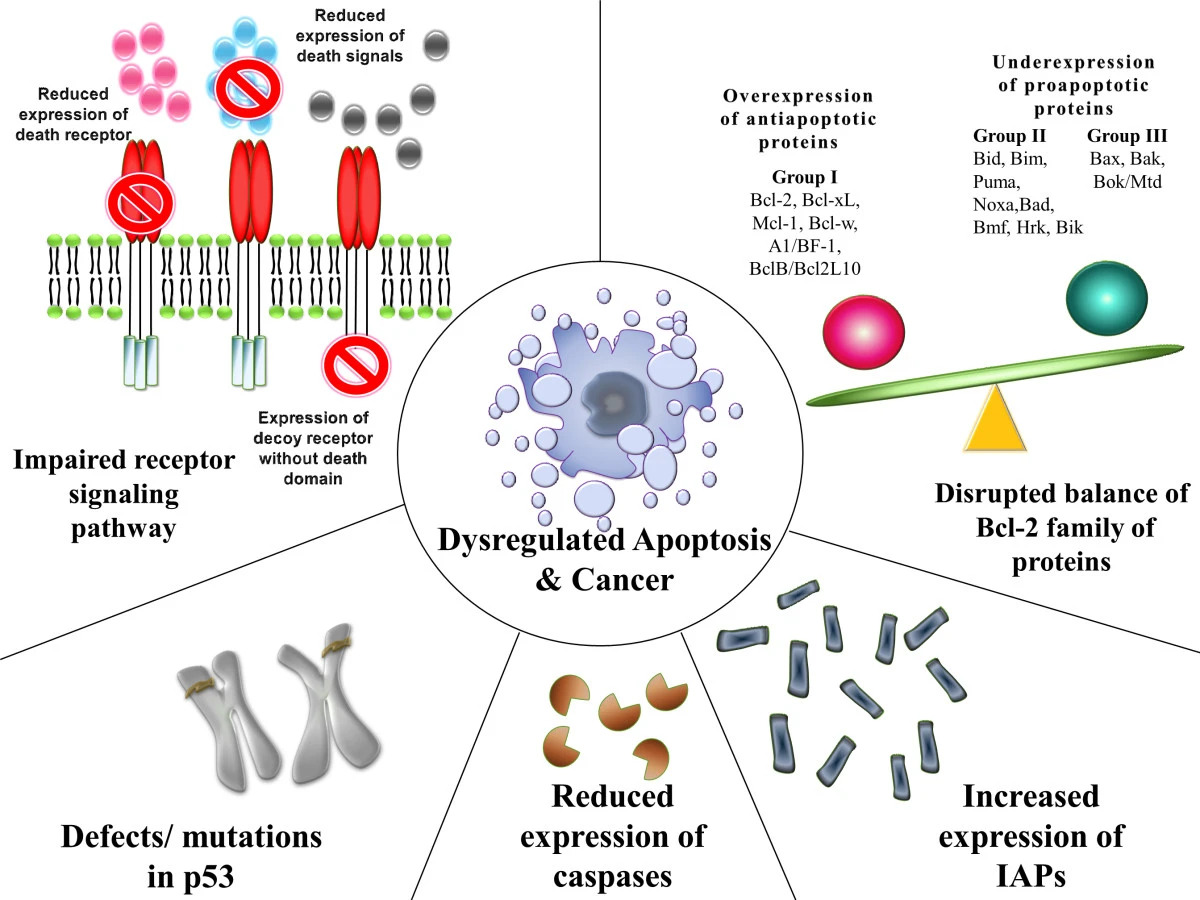Playlist
Show Playlist
Hide Playlist
P53: Guardian of the Genome
-
Slides CP Neoplasia Cell Cycle.pdf
-
Reference List Pathology.pdf
-
Download Lecture Overview
00:00 Okay, let's bring in another important player. So, whenever there is DNA damage because of reactive oxygen species, radiation, whatever we're going to have potential defects and we want to make sure that those are not incorporated into our newly progressing cell going through the cell cycle. We want to stop that. So, with DNA damage, there are number of proteins that can sense that the DNA has been injured in some way and that there are thymine dimers or that there are DNA breaks. And when that happens, those proteins that sense the DNA damage cause an upregulation of p53. And as you see at the top in the title p53 is the guardian of the genome. It is going to be upregulated normally whenever there is DNA damage. So what is p53 doing? Well, p53 will in turn cause the upregulation of p21 which will now also potentially inhibit the cyclin D CDK4 complex. 01:11 Alright, so that's a very important mechanism to help stop the cell going through the cell cycle when there is acknowledged damage that's occurred. At the same time, the p53 is causing the increased transcription and translation of p21. It's also driving the production of another protein called MDM2. Oh my God this is getting so complicated, but hang in there. So MDM2 is now going to be a feedback mechanism. We don't want p53 to continue to just say "No, we are not going to do anything, we want to be able to have a negative feedback loop to turn off the potential effects of p53 once damage has been repaired." So the MDM2 that gets synthesized causes a feedback inhibition of p53 and we takeaway now the p21 back and we're able to move through the cell cycle. There are also inhibitors of that feedback inhibition loop. So, it does get complicated. Again, not all these terms do you need to memorize. You need to have an understanding, however, that there are multiple checkpoints and multiple steps along the way because making that commitment to go into the synthetic phase we need to make sure that there is no damage to the DNA, that our blueprint is accurate.
About the Lecture
The lecture P53: Guardian of the Genome by Richard Mitchell, MD, PhD is from the course Neoplasia.
Included Quiz Questions
Which one of the following is the correct order of appearance of the molecules that are released/ upregulated after the DNA of a cell is damaged?
- p53 → p21 + MDM2 → p14ARF
- p21 → p53 → p14ARF → p21 + MDM2
- MDM2 → p21 → p53 → p14ARF
- p14ARF → p53 → p21 + MDM2
- p53 → MDM2 → p21 + p14ARF
Customer reviews
5,0 of 5 stars
| 5 Stars |
|
5 |
| 4 Stars |
|
0 |
| 3 Stars |
|
0 |
| 2 Stars |
|
0 |
| 1 Star |
|
0 |




